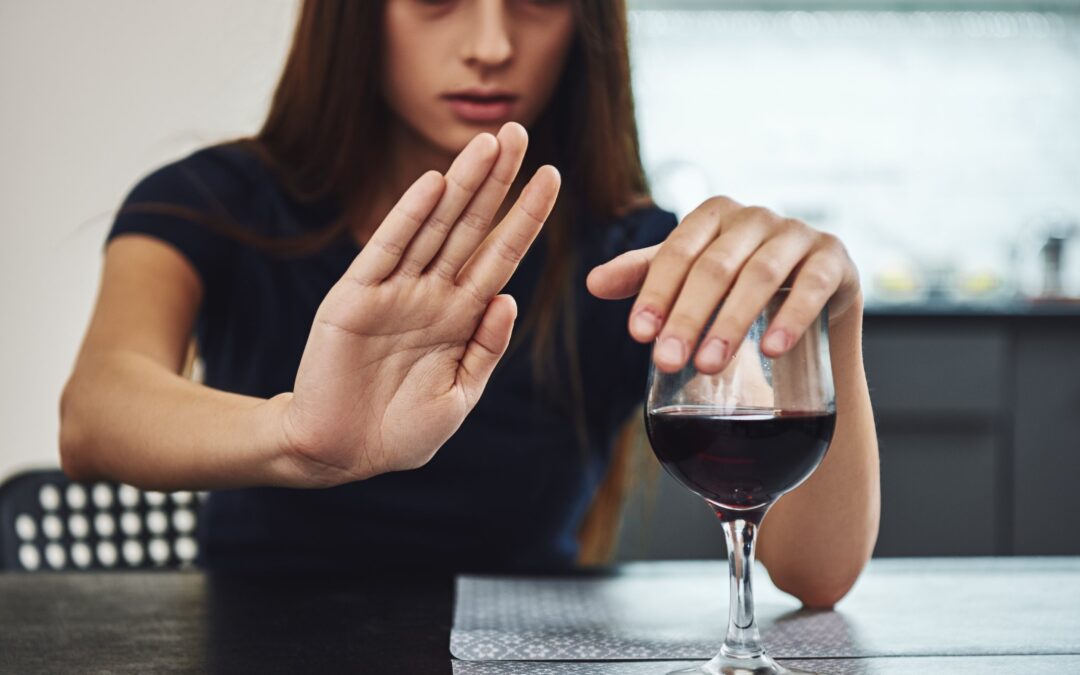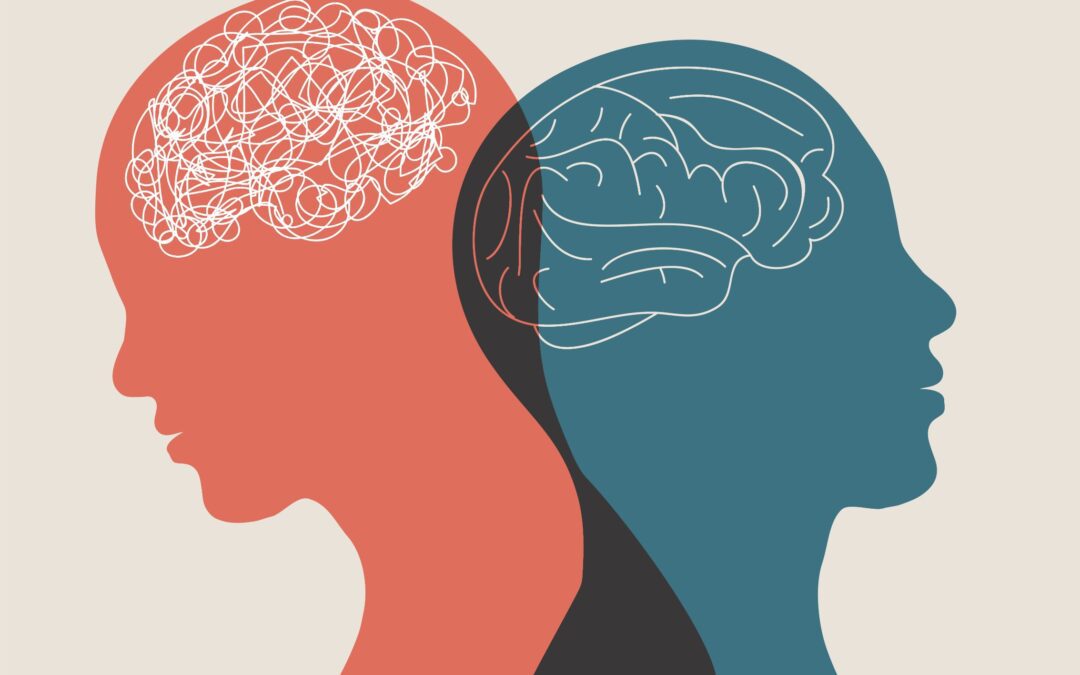Addiction is an unfortunate reality that nearly 1 in every 10 people over 12 in the United States face.
It is a gripping disease for both the addict themselves and the friends and family around them. And though a staggering percentage of the population is addicted to a substance- be it alcohol, narcotics, or opioids, to name a few, only around ten percent of those with addiction issues receive treatment.
In terms of program completion, the rate is around thirty percent. However, recovery rates are typically a very grey area, as recovery is hard to measure. Relapse does not necessarily deem previous recovery invalid, nor does it deem the treatment that was used as ineffective.
These rates do give us an idea of the severity of cases and the magnitude of issues we are facing within the addiction community. Getting into rehab does not guarantee recovery without support systems in place and long-term plans laid out for outpatients.
What You Need to Know About Recovery Rates First
Some people stay sober or abstinent for years and some relapse without becoming fully addicted again. Recovery is highly debated and misconstrued, as there is often no definition of a successful recovery because duration and aversion to the chosen substance often vary from case to case, and relapses can look very different case by case as well.
Knowing what we now know about recovery rates and their varying reliability, it is important to consider the many different types of treatment available to those who are able to receive help. Their “success” at enabling their patients to achieve sustained recovery from their addictions varies and gives us a large range of success rates to consider.
What Qualifies as Recovery in Reference to Success Rates
Substance Abuse and Mental Health Services Administration defi
nes recovery as “a process of change through which individuals improve their health and wellness, live a self-directed life, and strive to reach their full potential.” Typically, what we are calling recovery is continued abstinence from substances negatively impacting one’s life.
It is easy to imagine recovery as a destination or the endgame. But, while some may see recovery as an endpoint, to people actually living it, it is truly an ongoing process and state of being. It is a daily achievement that restarts each morning. It is important to remember that there is not a cure for addiction; therefore, sobriety is not everlasting once it is obtained.
We must keep this in mind when looking at recovery rates and anything promising recovery. There is no secret sauce or magic program because recovery is not something you can touch, only a state of being. With that in mind, it makes recovery rates seem a bit silly because they cannot truly measure anything.
Types of Recovery Programs
The recovery industry offers a variety of different treatment options for patients. From full-time programs to less intensive treatments, there are a lot of different choices that can be optimized. Below are some of the better-known types of addiction treatment. The options mentioned below can all be found, in different capacities and combinations, in most inpatient and outpatient programs.
Cognitive-Behavioral Therapy (CBT)
Cognitive-behavioral therapy is a long name for what most of us think of when we mention therapy. It is a solution-focused type of therapy where a patient digs into their past relationships, experiences, and habits to break down habits and mental blocks and create new coping mechanisms and mindsets.
This method is proven extremely effective in patients who have co-occurring disorders, such as anxiety or depression, on top of their addiction issues. It is also one of the more accessible and sometimes affordable methods of treatment.
Studies have shown that sixty percent of patients who took part in CBT were able to stay sober until their follow up appointment a year later, which is a promising statistic in terms of maintaining long-term sobriety.
Cognitive-behavioral therapy is known to be effective long-term because it gives an addict an understanding as to what it is that they are using a substance to avoid, or what their triggers are. When there is a better understanding of these factors, those struggling with addiction can better understand their addiction and how to prevent relapse.
It is also something that you can find in most inpatient and outpatient programs, as well as something that can be done on its own in some cases. Again, treatment plans are often situational.
Contingency Management
Contingency management is a treatment that is usually used in tandem with other (or multiple other) types of treatment. It is based on operative conditioning, which suggests that rewarding behaviors will increase the duration of said behavior. It encourages long-term sobriety by rewiring the brain to see sobriety and associated actions in day to day sober life as positive.
The idea is that the treatment reinforces that the rewards of sobriety outweigh those of substance use. While there is immediate relief from certain triggers with substance abuse, there can be a lot of long-term benefits to sobriety. The goal of this option is to engrain that within the patient.
With relatively high costs, this can be less accessible than CBT but is shown to be very effective. It is not as widely practiced, making it more niche and, therefore, more expensive more often than not.
But, studies have shown that people who use this method are more likely to make it further along in their programs. There is no official measure of how this impacts recovery rates, as it is typically not the sole method of recovery.
Motivational Enhancement Therapy
While CBT is focused on solutions, Motivational Enhancement Therapy is based on the patient themselves. In certain cases, an addict may be unmotivated to change their behavior for a variety of reasons. This method strives to help a patient find an intrinsic motivation to stop their substance abuse since external attributes will not influence change. CBT is often practiced in addition to this treatment.
This style of therapy is usually shorter in duration, making it more accessible in terms of the total cost of treatment after all is said and done. This is more internally focused and works more on mindset, which can prevent relapse. When one resolves to do it for their own reasons, with their own “why” in the back of their mind, they are more likely to attain long-standing recovery. The key to this practice is that the therapist does not tell them why they should get sober but asks them why they should.
There is varying feedback on its effectiveness in promoting sobriety for long spurts of time. If nothing else, it usually is the necessary motivator to get someone to be willing to check in to a rehabilitation center. It is not meant to discourage actions, but rather encourage motivation to change said actions, so its efficacy can only go so far. It was shown to increase the duration of sobriety when used in conjunction with other therapy styles.
Family Therapy
Family therapy can be an effective tool for building strong support systems in the home life of an addict. It is more often used when addicts are underage to create a cohesive mindset within the home and diffuse situations where a child may feel they need to act out via substance abuse. It aims to increase empathy and decrease any dysfunctional elements in a household for a better chance of long-standing recovery for the addict.
There are multiple approaches a family therapist takes. These revolve around painting both the addict and their family in a different light to one another and allowing the addiction not to become the center of all familial discussions and issues. By rebuilding relationships and getting everyone on the same page in terms of a treatment plan, it allows the home to be a healthier place for an addict to reside, rather than a trigger for substance abuse.
Considering it can be fairly expensive and time-intensive for all involved parties, this is not a method that is used as frequently as the aforementioned therapy styles. However, it has been proven very effective for those who have been able to utilize it. Giving someone with a substance abuse issue a safe and healthy home life increases their chances of staying sober and making a “full” recovery and gives them a stronger support network in the long run.
Twelve-Step Facilitation
Most of us have heard of the 12 steps. Even if you are unfamiliar with what the steps each specifically entail, Alcoholics Anonymous, Narcotics Anonymous, and similar groups are a prevalent treatment resource that are widely discussed.
These types of programs acknowledge the multi-faceted complexities involved in addiction and the root of their existence. By slowly allowing addicts to acknowledge, process and sometimes solve problems or mend relationships throughout the program, the list of steps encourage major lifestyle changes and long-lasting sobriety with their participants.
This method is almost exclusively outpatient, either serving as an addict’s core method of recovery or aiding in abstinence after they leave an inpatient facility. AA and similar groups are easily accessible, extremely cost-effective, and seek to change every single element of someone’s life to bring sobriety to the forefront of each facet of their day to day life.
The Importance of Aftercare
Addiction is a disease for which there is no “cure.” Therefore, even when one’s recommended 16 sessions of CBT or three months of inpatient treatment are over, the journey often does not end there. Knowing what we do about the ongoing process that is recovery, it is important to necessary to consider what can encourage a consistent state of sobriety even after discontinuing more intense forms of treatment.
Aftercare is something that has been reveled in the recovery community as necessary for a long-term abstinence from an addict’s substance of choice. Continuing to reinforce positive rewards or even just a basic understanding of one’s own addiction allows for treatment practices to be worked into a person’s lifestyle and allows them to better overcome urges to relapse.
The 12-step programs we mentioned before play a huge part in aftercare. These meetings create a sense of community and belonging and allow a total life makeover to occur outside of the four walls of an inpatient treatment center. As mentioned previously, these meetings are very accessible. With apps to locate meetings and a very large network of members and meeting places, AA and NA are very common practice.
Outpatient programs offer a variety of options to encourage a sober lifestyle. While some of the aforementioned options are included in that group of offerings, there is also options for some other life-skill development as well. In outpatient programs, one might find career guidance, life coaching, financial planning support, etc. These types of resources can minimize triggers that might encourage substance abuse, and remedy issues that were holding someone back in their personal lives.
Aftercare is also helpful in building community. While things like family therapy can be useful in some cases, some individuals do not hold onto contact with their family. Whether family therapy was not an option, or their family was unwilling to support them, a strong network is still helpful in maintaining sobriety outside of inpatient.
These resources can also give an addict back a sense of identity. Having goal-setting coaching sessions, finding a community to participate in new sober hobbies with, and getting a job are all things that can contribute to bigger pieces of someone’s identity than the addict label.
Reasons for Relapse
Almost any source out there details the importance of aftercare in terms of avoiding relapse. With so many external triggers outside of an inpatient center, it is hard to totally flip one’s lifestyle all alone.
Luckily, over the years, the idea that every addict can be treated the same way with the same outcome has been completely abandoned. While a lot of people may have similar situations when facing a certain dual-diagnosis or similar experiences because of a particular substance, there is no one-size-fits-all approach to recovery.
With all of the different programs available, it is getting easier to customize recovery plans for each individual based on his or her individual struggles and needs. However, fifty to ninety percent of people who receive treatment still relapse. Relapse can be caused by a lot of situations, many of them having nothing to do with necessarily craving the substance of choice.
Poor Preparation for the Real World Before Leaving Rehab
Inadequate preparation to out of rehab and back into one’s home environment can cause a relapse. Not resolving to rid of the same friends who use is another common one. Treating addiction as the sole issue and not seeking resolution of the actual issues at hand also often leads someone to relapse.
Loneliness in Recovery
On the flip side of that, loneliness in recovery can also be extremely problematic. So, while it is recommended that one should discontinue contact with their old circle of friends who used or dealt their substance of choice, it also is critical that they do have some pillars of stability within their personal life.
A Lack of Substitute Coping Mechanisms Without the Addiction
Not developing other coping mechanisms, or even having a mindset that sobriety is only temporary, or just to get others to leave you alone about your addiction, can end in relapse.
It has become quite clear that there are tons of reasons that someone might relapse. Some of these things are internal issues, while others can be external causes that one was not prepared for. Some of them are unforeseen and require coping mechanisms to get ahead of. Whatever the case, almost all of these things tie back to the importance of aftercare.
For example, finding new people to interact with is something that many 12-step programs offer, especially when you consider the option to have a sponsor and meet people who are much further along in and more rooted in their recovery. External issues like not having a job or a sense of identity or direction with their addiction can be solved with outpatient coaching and therapy services.
Conclusion
When we as a society talk about recovery rates, it is important to remember that there is no real definitive number. It depends on what duration of sobriety or abstinence any particular school of thought views as a “success.” Without any one definition of that number, there is no one way to accurately report how many people have successfully recovered.
That said, that does offer some hope. It allows for variety in the types of treatment people are receiving. With no one way to succeed, there is no one right route to success either. The plethora of options varies, as we have seen, in terms of accessibility and cost. However, they are all proven to be very effective.
Steps Recovery Center Cares
When considering different treatment plans, it is reassuring to know that you can really customize this path based on your needs and goals. And knowing what we now know about aftercare, it is nice to know to look into options that support care long after you have left their inpatient or intensive outpatient programs, such as Steps Recovery Center.
We can provide you or a loved one with the tools needed to achieve sobriety. We have treatment centers in Salt Lake and Utah counties in Utah. Take the first step and reach out to us today with any questions you may have.




